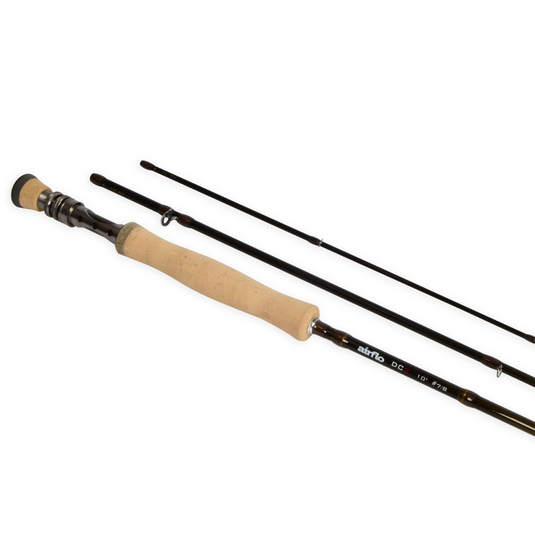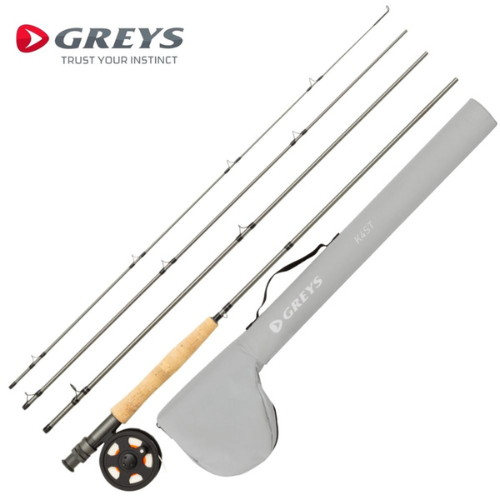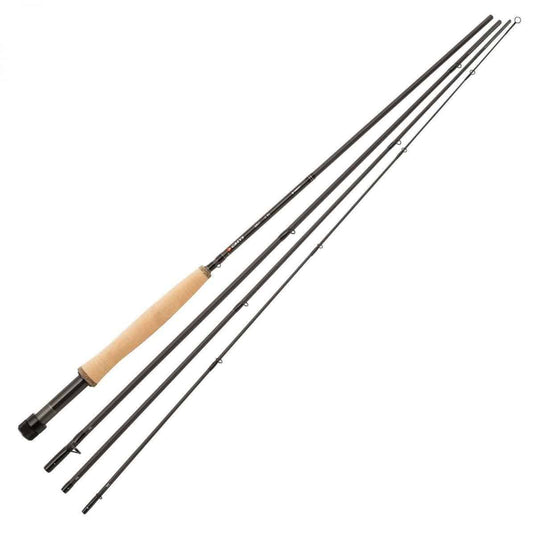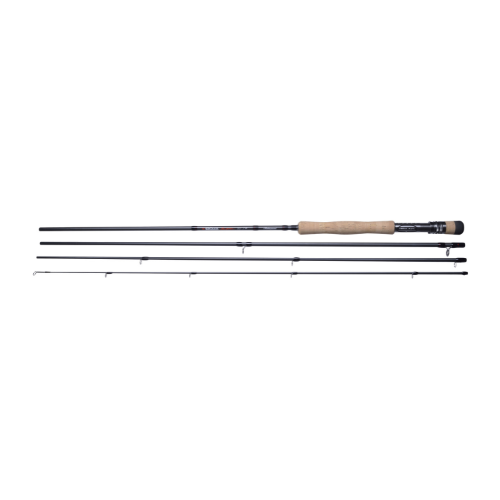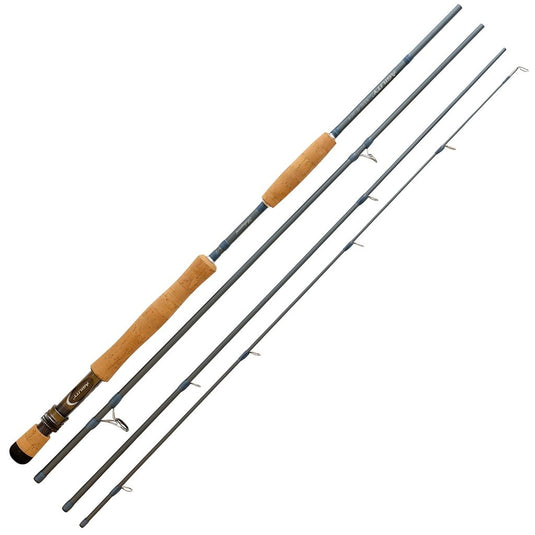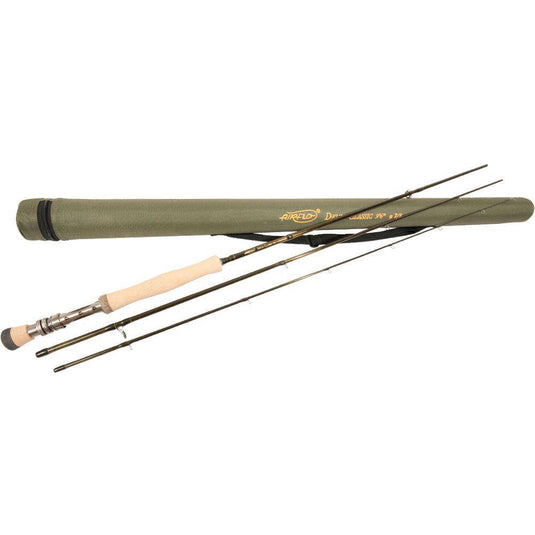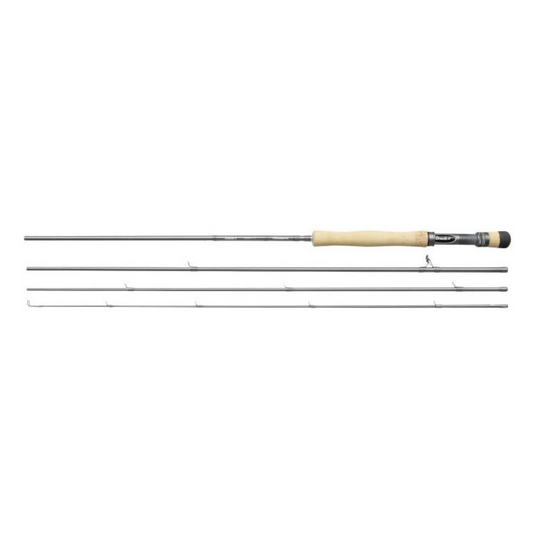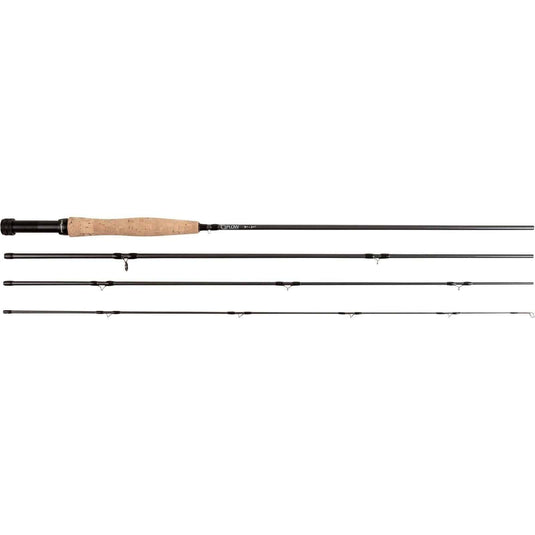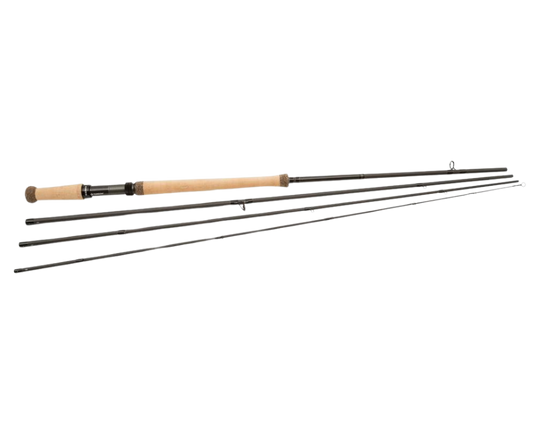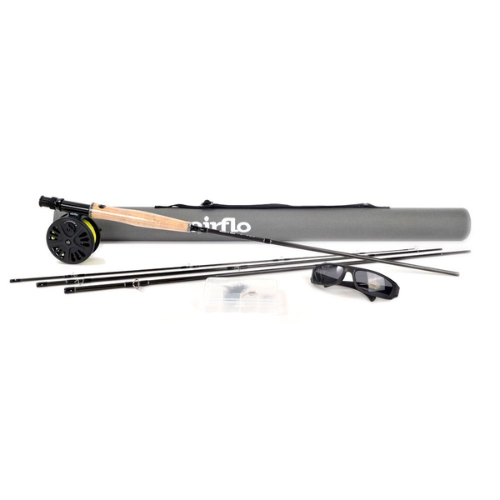Understanding the Features of a Fly Fishing Rod
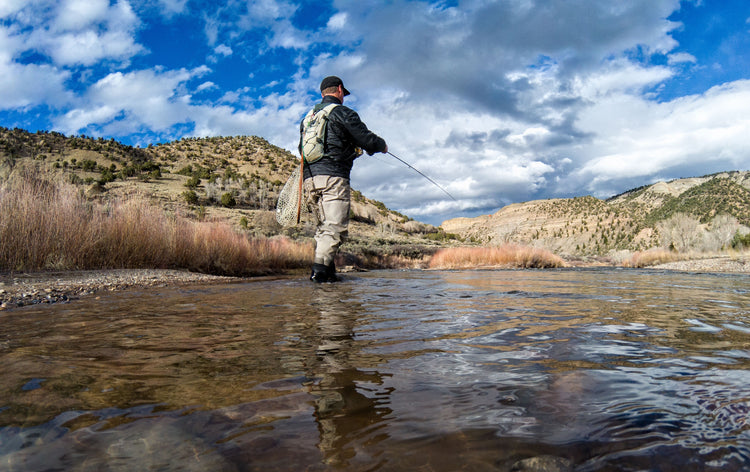
Fly Fishing Rods & their main components
Fly fishing is an art, a science, and a testament to patience, all woven into the serene experience of connecting with nature. Central to this age-old practice is the fly fishing rod, a tool that has evolved significantly over the years. Understanding the features of a fly fishing rod is crucial for both beginners and seasoned anglers, as it significantly affects the technique, control, and overall success of your fishing expedition. Let's dive into the essential features that set fly fishing rods apart and how they can enhance your experience on the water.
1. Rod Length
The length of a fly fishing rod is paramount as it influences casting distance and accuracy. Typically ranging from 6 to 10 feet, the choice of length depends on the fishing environment. Shorter rods are ideal for tight spaces with overhead obstructions, like when fishing in small streams, while longer rods offer better line control and are suited for open waters, such as lakes and rivers.
2. Rod Weight
Rod weight is a critical feature that corresponds not to the physical weight of the rod but to the weight of the fly line it is designed to cast. Weights vary from 1 (lightest) to 14 (heaviest), with light rods used for small fish and delicate flies, and heavier rods for large fish and windy conditions. Choosing the right rod weight is essential for the type of fish you're targeting and the conditions you'll be fishing in.
3. Material Composition
The materials used in fly fishing rods have a significant impact on performance. Traditionally, bamboo was the material of choice, prized for its flexibility and feel. Modern rods, however, are more commonly made from graphite or fiberglass. Graphite rods are lightweight and highly responsive, offering excellent casting speed and precision. Fiberglass rods are more durable and offer a more forgiving flex, which is great for beginners.
4. Action
The action of a fly fishing rod describes how and where the rod flexes when casting. Actions range from slow to fast. Slow-action rods bend near the handle, providing a gentle casting experience ideal for short distances. Medium-action rods flex in the middle, offering a balance between power and precision, suitable for a variety of conditions. Fast-action rods bend only near the tip, allowing for powerful, long-distance casts in windy conditions.
5. Handle and Grip
The handle and grip of a fly fishing rod affect casting accuracy and comfort during long fishing sessions. Handles are typically made from cork or foam and come in various shapes, such as cigar, half-wells, and full wells, each offering different levels of comfort and control based on hand size and fishing style.
6. Reel Seat
The reel seat, where the reel is attached to the rod, is designed to keep the reel securely in place. High-quality reel seats are made from durable materials like aluminum and are adjustable to accommodate different reel sizes. The design of the reel seat can also affect the rod's balance, which is crucial for comfortable casting.
7. Guides
Guides are the rings along the rod through which the fishing line is threaded. They play a crucial role in line management and casting distance. The number, spacing, and quality of guides can affect the rod's performance. Silicon carbide, titanium, and stainless steel are common materials used for guides, offering durability and smooth line movement.
8. Portability
For anglers on the go, the portability of a fly fishing rod is an important consideration. Many rods are designed to break down into multiple pieces, making them easier to transport without sacrificing performance. The ease of assembly and the protection of the rod during transport can enhance your fishing experience.
Understanding the features of a fly fishing rod is the first step towards mastering the art of fly fishing. Whether you're wading into your local stream or casting in exotic waters, the right rod can make all the difference. Consider these features carefully when selecting your next fly fishing rod, and you'll be well on your way to making every cast count.

